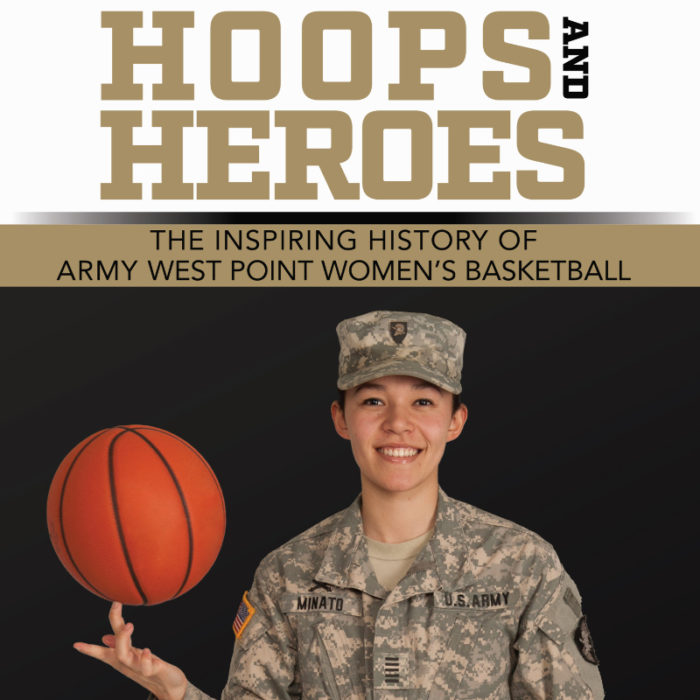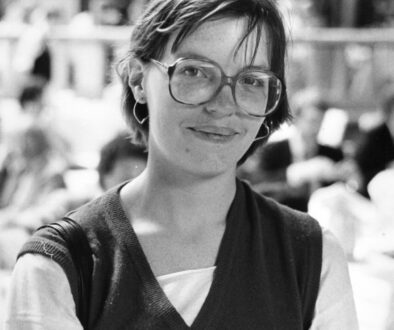Army women’s basketball: A powerful influence
The following is adapted from Hoops and Heroes: The Inspiring History of Army West Point Women’s Basketball, which debuted in spring 2023. Susan Shackelford, co-author of Shattering the Glass, wrote the book for Friends of Army Women’s Basketball and provided this adaptation of the book’s Introduction. For more on the book, go to hoopsandheroesbook.org.
Lisa Jaster was one of the first three women to become an Army Ranger when the opportunity opened to women in 2015. It was a big national story.
But what’s little known is Jaster would not have been in a position to accomplish such a feat if it hadn’t been for Carol Barkalow, one of the first players on the Army women’s basketball team and a member of the first West Point class to include women, 1980.
As a 12-year-old living in a small Wisconsin town, Jaster became energized when she read Barkalow’s book “In the Men’s House.” It explored academy life, challenges of the first female cadets and a budding women’s basketball program, West Point’s first intercollegiate sport for women.
After reading the book, Jaster became so determined to get an appointment to West Point she shifted her extracurricular focus from dance to playing basketball and running to enhance her chances to get in. And get in she did, entering the academy as part of the Class of 2000.
Years later, as a mother of two children and captain in the Army Reserves, she passed the grueling course training to become a Ranger at age 37. The average Ranger at the time was a 23-year-old male.
Jasper’s story points to how powerful women’s basketball has been to the recruitment of women to the academy. Though Jaster never played basketball there herself, her pursuit of the sport in high school demonstrated her athleticism, a prized trait at West Point.
Army women’s basketball has always been bigger than itself. It draws not just talented female basketball players to the academy but talented female cadets. The team’s following with the public also helps illuminate West Point and its educational proposition.
Hoops and Heroes highlights the team’s history as well as player accomplishments, both at the academy and beyond. The book also spotlights the diversity of the players through the years and the sisterhood they feel with teammates and others in the program. For many, having a close group of female teammates at an institution that remains overwhelmingly male has been a significant support group.
When women arrived at West Point in 1976, the salutary effect of the basketball team could not be underestimated. Tensions were high because the academy was forced to admit women in an era when all-male institutions were opening to women during the women’s rights movement of the 1970s.
West Point—whose formal name is the United States Military Academy—had been the exclusive province of men since its founding in 1802 during the administration of President Thomas Jefferson.
Given the male-only focus of West Point for so many years, graduating from there became a sign of manliness to many in the American culture. When the academy opened to women, there was a backlash. Many West Point leaders, teachers and male cadets believed women couldn’t cut it and some tried to thwart them. Some doubters were genuinely baffled by why women wanted to be there; the idea of training female Army officers challenged their very notion of women and their aspirations.
Begun shortly after women first enrolled as cadets, the women’s basketball team became a bridge to help many of the doubters see that women indeed possessed the strength and determination that made them West Point material.



